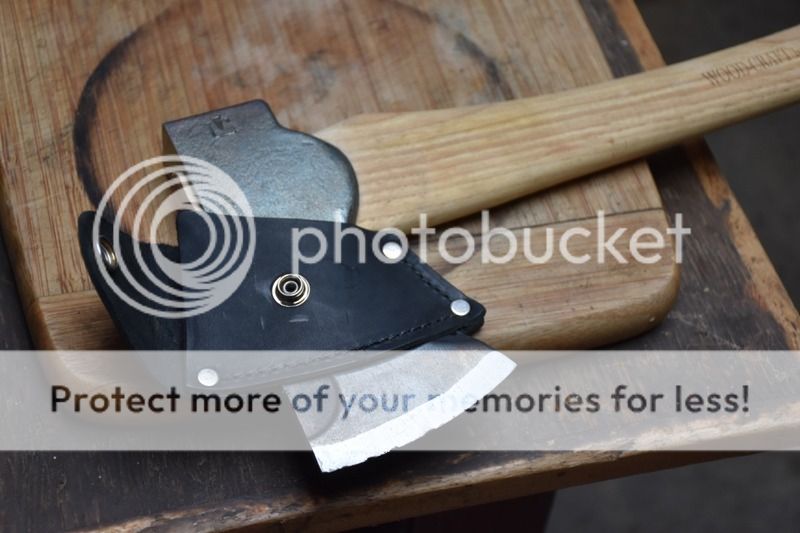- Joined
- Nov 7, 2016
- Messages
- 796
Here is an example of a working edge I use for frozen oak. The close up was after the work. I cut down the center part way with a chain saw. I allowed this oak to get soaked rain snow and slush. From the top down. From the ground up. And from the sides. Then I waited for it to freeze. You can see the ice in the center. This was a test to test an edge on an unwarmed axe on frozen oak on a below 25° day. It suffered no damage. It also had gone through some abusive splitting. I banged up the handle and drove it into the ice and ground more than once. No damage.
Thin bits are to blame more often than not.



Edit for unclear picture

